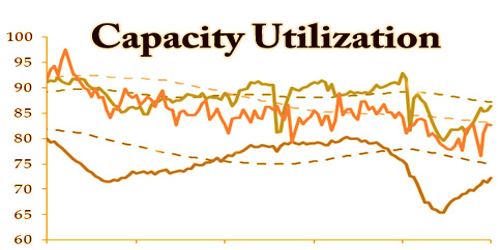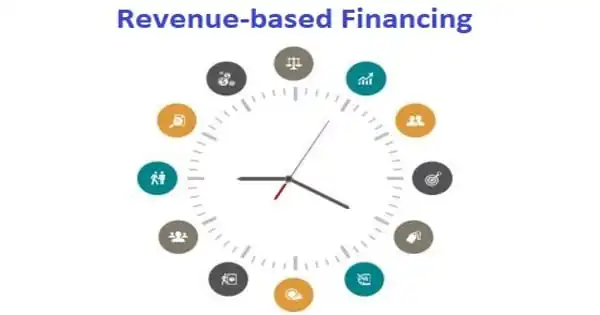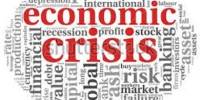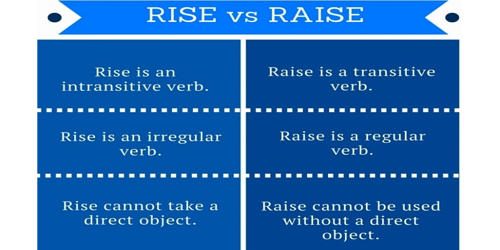Capacity utilization refers to the production and processing capacities used by a nation or organization at any given time. It is the relationship that is generated with the installed equipment between the production and the future production that could be generated with it if the power was completely exploited. The Formula is that the actual output per period everywhere full capacity per period expressed as a percentage. Capacity utilization can even be defined because the metric accustomed to calculate the speed at which the possible levels of output are being met or used.
One of the “capacity utilization rate” concepts used frequently is the ratio of actual production to potential output. But one can describe potential output in at least two different ways. The rate is presented as a percentage which offers insight into total resource usage and how a business can increase its performance without raising the production costs. The mathematical formula for calculating capacity utilization is:
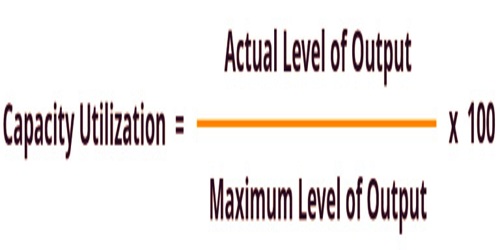
(Capacity Utilization Formula)
At its heart, the capacity utilization rate (CUR) is the degree to which the output capacity of a company is utilized. In other words, a firm has at its disposal the proportion/percentage of resources (such as plants, machinery, etc.) that are currently engaged in manufacturing something. The formula for finding the rate is:
(Actual Output / Potential Output) × 100 = Capacity Utilization Rate
The capacity utilization rate is a crucial operational metric for businesses, and it is also a key economic indicator when applied to aggregate productive capacity. As a result, the rate of capacity utilization allows us to determine the proportion/percentage of the overall potential economic production of an organization that is currently being realized. Best applied to the output of physical products is the idea of capacity utilization, which is easier to measure.
In economic statistics, capacity utilization is usually studied at the plant level for the goods-producing industries. The results are viewed by industry and the economy as an average percentage rate, where 100 percent refers to full potential. It is unlikely that an economy or company will function at a 100% capacity rate because there are always hurdles within the production process (such as the malfunction of apparatus or unequal distribution of resources). For most enterprises, a rate of 85 percent is considered the optimum rate. Companies that produce physical products and not services use the capacity utilization metric since it is easier to measure goods than services.

Understanding-Capacity Utilization
A percentage of less than 100% may indicate numerous different things, including:
- Demand. If the demand is a poor business can have to operate below full capacity.
- Competition. If a company or an organization is outcompeted for business, they will even be operating below full capacity.
- Maintenance/Repairs. As in, machinery is undergoing necessary repairs.
- Anticipation. To meet periodic spikes in demand, a business can operate intentionally at a capacity below 100 percent.
Imagine, for example, that Company ABC currently produces 10,000 widgets at a value of $0.50 per unit. If it’s determined that it can produce up to fifteen,000 widgets without costs rising above $0.50 per unit, the corporate is claimed to be running at a capacity utilization rate of 67% (10,000/15,000).
If market demand rises, the capacity utilization rate will rise, but if demand declines, the rate will decrease. Economists use the rate as a measure of pressure from inflation. Since there is excess capacity and inadequate demands for the production generated, a low capacity utilization rate would lead to a price fall. Business cycles tend to fluctuate with capacity utilization, with companies modifying output volumes in response to increasing demand. During recessions, demand falls sharply as unemployment increases, incomes drop, consumer morale decreases, and business expenditures drop.
If the operating rate is high, this is often called “full capacity”, while if the operating rate is low, a situation of “excess capacity” or “surplus capacity” exists. The observed rates are often was indices. Capacity utilization for services sectors is much more difficult to calculate. It can be used to assess the amount at which expenditures per unit are going up or down. As production increases, the average cost of manufacturing will decrease. This means that the upper the capacity utilization, the lower the value per unit, allowing a business to realize a footing over its competitors. This can be why many large companies aim to supply as near the total capacity rate (100%) as possible.
Low capacity utilization is a concern of fiscal and monetary policymakers who use either strategy for stimulus engagement. Capacity usage would increase as consumer demand increases. Capacity utilization can slacken if demand weakens. Economists and bankers also watch measures of capacity utilization for signs of inflationary pressures. Although it is not possible to reach a maximum capacity rate, there are ways in which businesses can improve their current utilization rate including:
- Employing more staff and inspiring over time to confirm that every one production targets are being met
- Spend less time on equipment repairs, so that more time can be spent on goods output
- Subcontracting some of the production activities
It is also assumed that price inflation will increase when the utilization rate rises above anywhere between 82 percent and 85 percent. Excess capacity means that there’s insufficient demand to justify production expansion. Despite the onset of monetary stimulus resulting in historically low-interest rates, inflation remained below target levels for extended periods, and therefore the threat of deflation loomed. Low capacity utilization contributed to high unemployment, which generated economic slackness, making it difficult for prices to respond to monetary stimulus. With overcapacity, an increase in commodity production did not require substantial capital investment. With most excess capacity, rising product activity didn’t require significant capital investment.
Information Sources:
